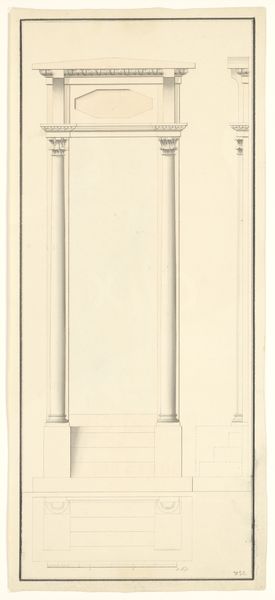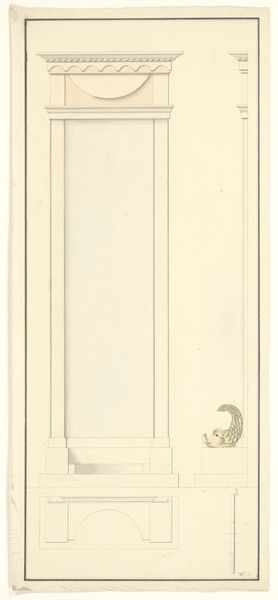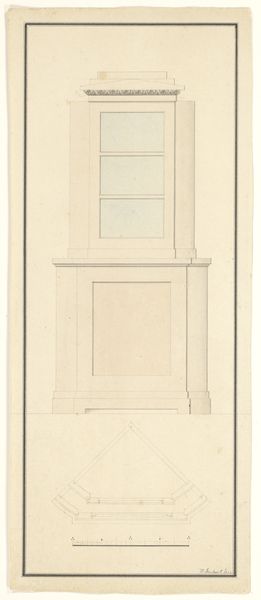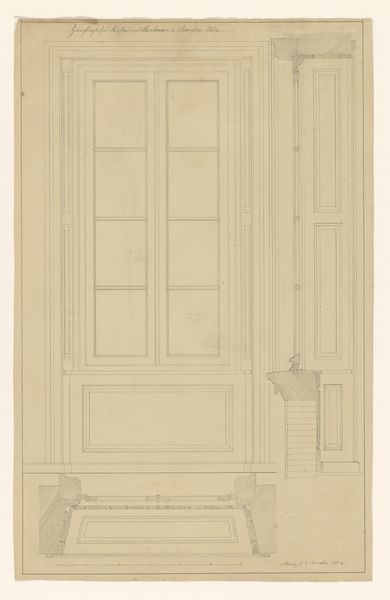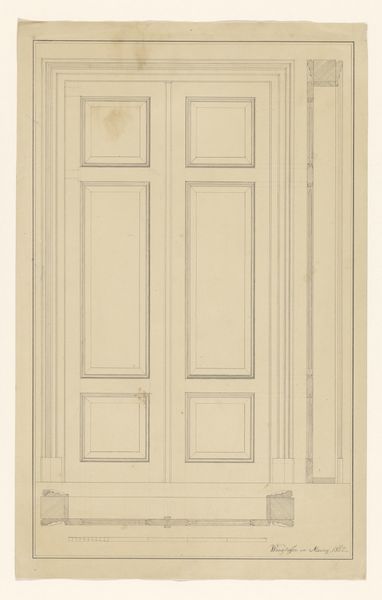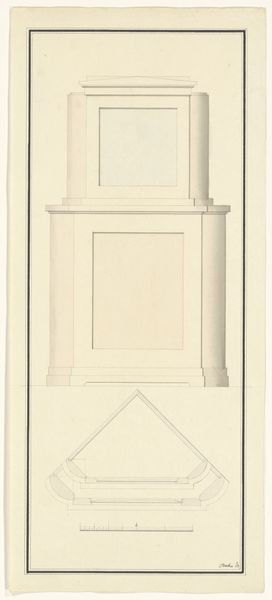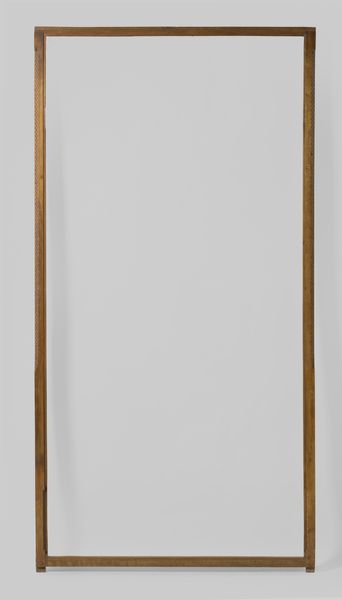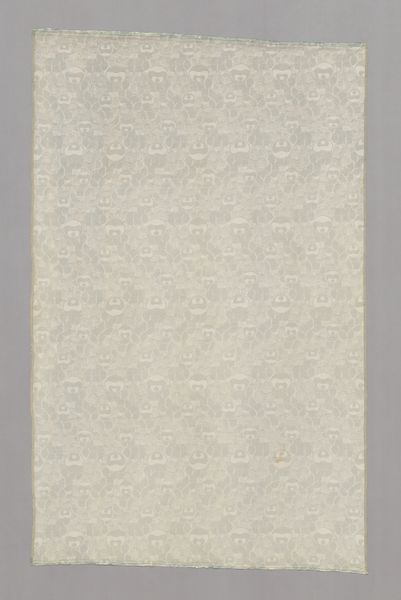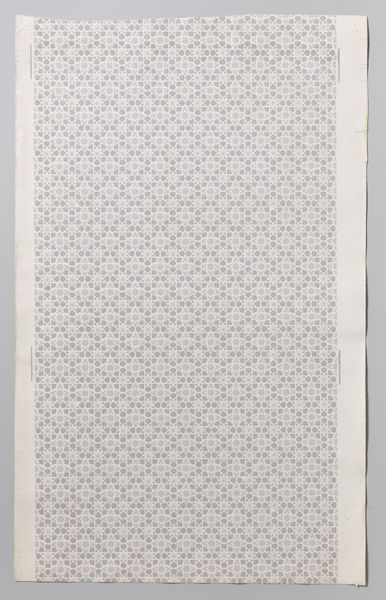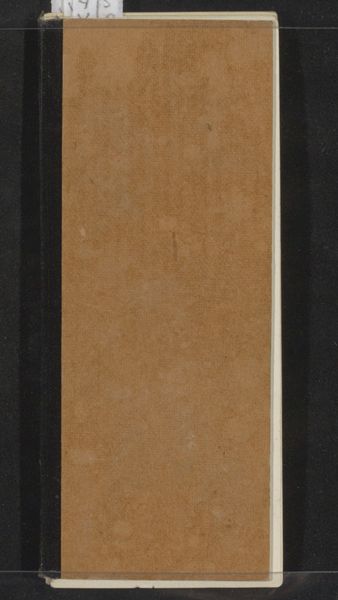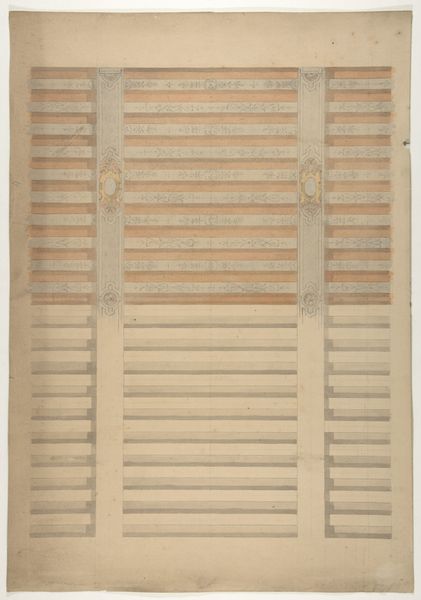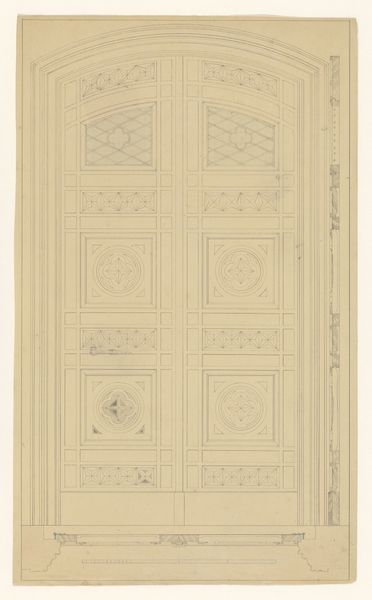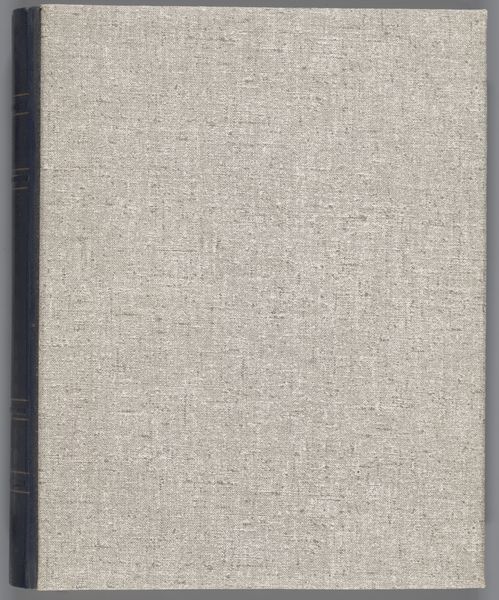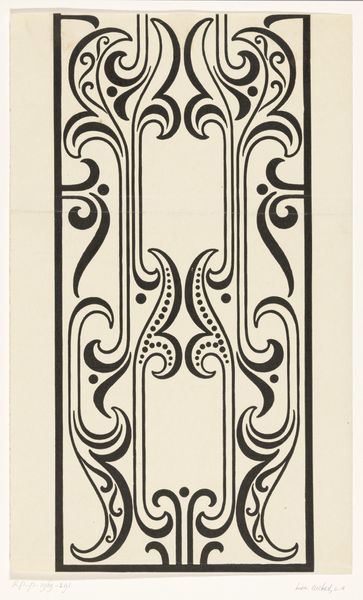
Spiegeltrumeau, voor- en zijaanzicht met daaronder doorsnede c. 1820 - 1823
0:00
0:00
drawing, paper, pencil, architecture
#
drawing
#
neoclacissism
#
classical-realism
#
paper
#
form
#
geometric
#
classicism
#
pencil
#
line
#
architecture
Dimensions: height 409 mm, width 180 mm
Copyright: Rijks Museum: Open Domain
Editor: This is a pencil drawing titled "Spiegeltrumeau, voor- en zijaanzicht met daaronder doorsnede" by Carl Wilhelm Marckwort, made around 1820-1823. It's essentially a blueprint or technical drawing. It has a very stark, formal presence; what strikes you about this work? Curator: It's interesting to consider this drawing in terms of labor. We often think of Neoclassicism as this refined, elevated style, but what about the physical act of drafting it? Pencil on paper seems almost mundane. What kind of workshops were producing this style of design, and what was the social hierarchy involved in that production? Editor: That's fascinating. I hadn't considered the contrast between the elegance of the design and the practicality of its creation. So, you're thinking about the materials as a starting point to unpack broader social structures? Curator: Precisely! The drawing depicts what looks like a very bourgeois object: a mirror and architectural feature. How does the physical construction of this object, represented here through this drawing, tie into systems of labor and commodity exchange at the time? Think about the wood, the glass for the mirror, the labor to transport and assemble... Editor: So, instead of just seeing a neoclassical design, we're really seeing the end result of a complex process of resource extraction, manufacturing, and skilled craftsmanship. Curator: Exactly. We have to ask: who benefits from this refined aesthetic, and at whose expense? How does this style, designed to emulate classical antiquity, serve to legitimize certain power structures? The mirror itself – reflecting the consumer – implicates them in this entire network. Editor: That perspective really transforms how I see this drawing. It's not just an elegant design, but a document hinting at the complex social realities of its time. Curator: It makes us consider the labor and material realities inherent in every "refined" object. There's power in considering how things are made, and what those processes reveal.
Comments
No comments
Be the first to comment and join the conversation on the ultimate creative platform.
